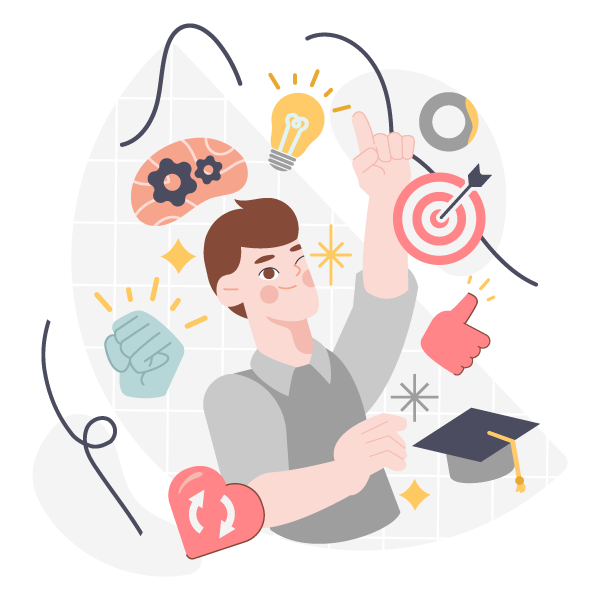The building blocks of great learning may seem simple—if you build it, they will come, right? Wrong. Just because you’ve constructed great learning doesn’t mean you’ll see the success you want. Sure, great content is the foundation of a successful learning program, but there are other factors that make up the brick and mortar. Make sure you’re creating solid learning experiences by understanding the basic architecture behind any program.
Establishing the Need
Before you can entice learners to buy into your learning program you must first establish the need. This proves that your learning program is built around an actual issue or obstacle that affects those who will experience it. Defining the goal from day one helps create a solid foundation for building stronger learning experiences.
Bringing in Other Initiatives
It’s rare that a learning program exists as a standalone structure. The best programs are those that utilize existing initiatives as support. Whether it’s existing training, current culture initiatives, or some other program already in place, successful learning weaves in available resources to brace the program and support its goals.
Learner Buy-In
You’ll need to get everyone on the same page for a program to be truly successful. From the C-suite to entry level positions, all those who are affected should understand the why behind the program. Motivate learners by showing them how training benefits their jobs, and motivate the organization by getting them excited about what it means for their bottom line.
Setting Up Milestones
Milestones are the mortar that holds successful learning together. Ambiguous goals and lofty ideas might sound great, but they’re not motivational in practice. By having regular checkpoints and milestones along the way (think badges, completion certificates, and clear, achievable goals) your learning program could really stick.
Follow Through and Follow Up
Just because learners have completed a learning program doesn’t mean the job is done. Even the best content can be quickly forgotten when learners go on about their lives. A couple of weeks; a couple of months; a year—learners have a way of slowly losing some of the information and knowledge they’ve gained over time. Reminders and refresher courses not only help to jog their memories but add a level of accountability to make sure learning structure stands the test of time.
Individuality
Finally, the ability to adapt learning based on the individual is what puts the finishing touches on your successful learning program. Learners should be able to lead and create their own paths based on how they learn best and topics that interest or concern them specifically. As long as individual and adaptable learning supports the long-term goals and short-term milestones, it can be the fortification your program needs to stand up against boredom, disengagement, and memory loss.
The architecture of a successful learning program is less about a sequence of steps and more about factors that keep learning structure strong. By constantly keeping the end in sight, encouraging user buy-in, and making sure learners are just as motivated and enthused as you are, you can be sure that your program stands tall no matter what.






